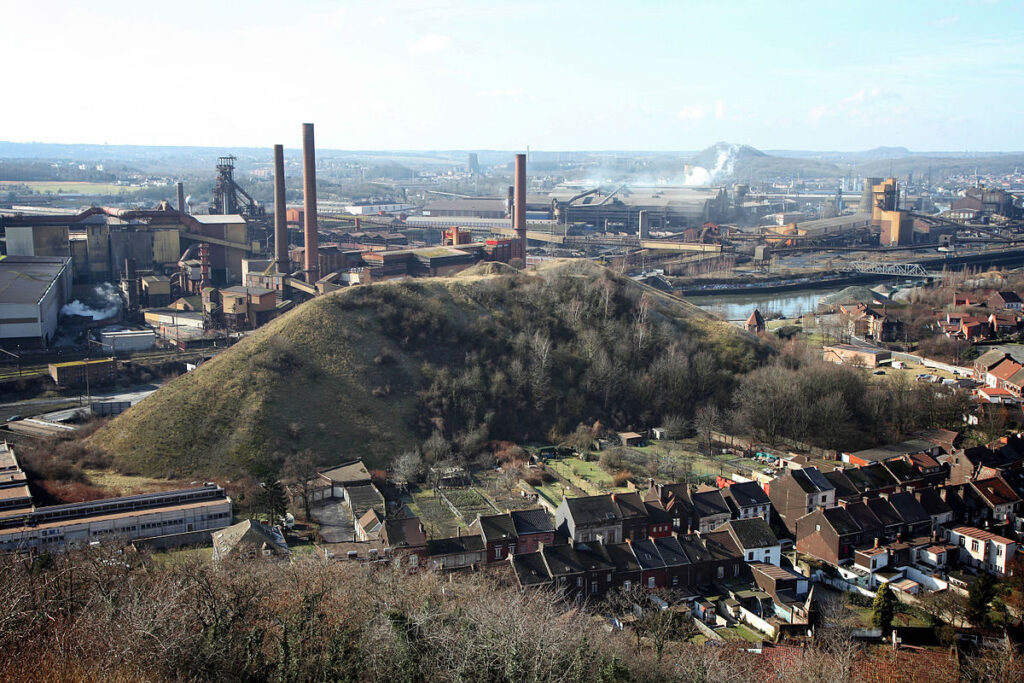The results of 50 years of agricultural productivity raise serious questions in the current context: massive use of chemical inputs, soil degradation, disappearance of insects and birds, human diseases... In view of these constantly increasing negative externalities, the The search for a more environmentally friendly model is essential.
Agroecology, an aspect of which we present to you in this article, could embody this new agricultural revolution, capable of meeting the human challenges of the South. Let's take a look at this discipline with multiple adherents.Attachments
Notes[+]
| ↑1 | United Nations Conference on Trade and Development, a UN body created in 1964 and aimed at integrating developing countries into the global economy in order to promote their development. |
|---|---|
| ↑2 | UNCTAD, Agriculture at the crossroads: food security and climate change, UNCTAD Briefs, n°18, 2010, |
| ↑3 | Agriculture remains the leading economic sector in a large number of developing countries, representing 20 to 60% of GDP depending on the country. |
| ↑4 | Includes direct and indirect emissions (agricultural inputs, food processing, equipment, land use change, transport). |
| ↑5 | Costs not paid by the consumer when purchasing food (social, environmental cost, etc.). |
| ↑6 | EURACTIV, “Intensive, ecologically sustainable agriculture?”, 2011/2012. |
| ↑7 | Budgetary austerity policies imposed by the World Bank and the IMF, conditioning bank loans to countries in the South. |
| ↑8 | For more information, consult the number “Agribusiness influence and footprint”, Alternatives Sud, CETRI. |
| ↑9 | Illustration taken from the book by Marie-Dominique ROBIN, “The harvests of the future. How agroecology can feed the world”, Arte Editions, coll. La Découverte, France, 2012, p.110. |






